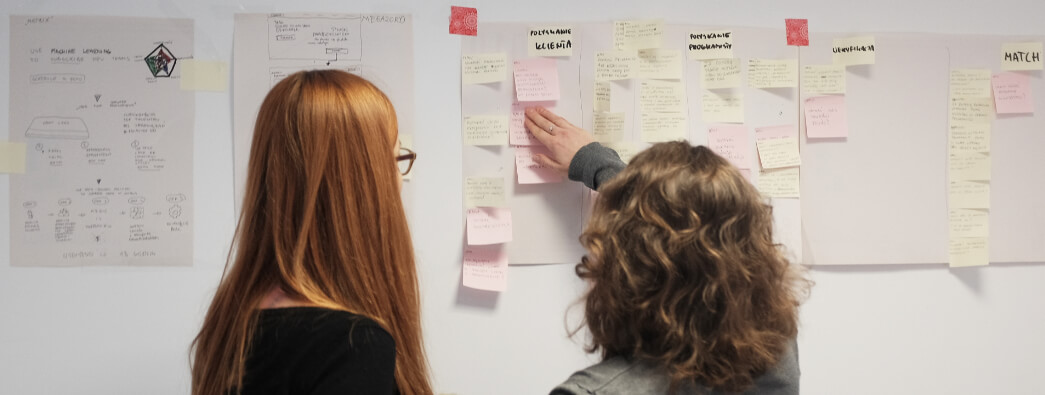Starting a project requires the involvement of both – the development team and the client. However, very often, the initial stages of the software project are treated very carelessly. It’s a big mistake. They aim to clarify the goals, establish the rules of cooperation, and precisely define the conditions and tasks to be fulfilled by the final product. Preparation is the foundation of any software development project. Only an appropriate approach can ensure the expected final result – your new product.
Therefore, we present a shortlist of issues which, when considered before and at the beginning of the project, will ensure that in the future everything will go according to plan and exactly as you imagined it.
Define your goal
The first one may sound trivial, and many people see it as something insignificant. This approach leads to a lot of misunderstandings between the client and the team. It results in delays and functionality different from the expectations. This is why it’s essential to ask these questions as early as possible:
- What do we want to achieve with our product?
- What problems is it supposed to solve?
- What is its context, and who is its target?
The definition of needs, objectives, and expectations for a product often seems obvious. While in many cases it is not. Therefore, we offer our help in this area from the very beginning of cooperation with each of our customers. We start the initial work on the project with a brief document. It consists of many questions and examples of answers. Thanks to that our customers can provide us with the information we need to start working on a project properly. It usually happens that this document allows our clients to have a deep insight into the essence of their plan. It’s crucial because, in the long run, it enables us to complete the project with the expected success and on time.
What is more, at Applover we start each project with a series of workshops. Project managers and UX designers who, thanks to their experience, provide support in defining the purpose of the project take part in this procedure. From the very beginning, our team assists in identifying the foundations and critical issues. This part is necessary to start a project that will be successful in the future.

Specify budget and schedule
Once you know what the purpose of your project is and what its direct result should be, the next step is to set a deadline and budget for your product. These are fundamental issues not only for you but also for your project manager and all team members. Often the project’s deadline is a point at which the finished product will be used to apply for further business development funding. If this is the case for you, make sure to inform about it at the beginning. Establish whether it is likely to complete the project before this deadline, taking into consideration the risks which may arise during development.
Know the risks
It is worth getting to know them regardless of whether the implementation of the project makes receiving funding conditional on its further development or not. It is you who set the deadline for the project to be completed. The project manager, together with the whole team, must identify the risks that may arise on the way to receiving the final version of the project. The identification of risks, assumptions, problems, and dependencies will be possible if all team members know exactly what your goals and expectations are. Ask what aspects of project delivery may constitute real risks and how the team will deal with them.
At Applover, before starting the development, our team meets to brainstorm together. It aims to precisely identify all areas that may generate any risks and problems on the way to achieving the goal. This part is significant because the team that will work on your project consists of experienced specialists. They can identify risks and problems you would not even consider. Therefore, be open to what they say. If something is unclear, be sure to ask for clarification. That’s the only way to avoid misunderstandings and surprises when the final version of a given development phase is delivered later than you expected.
Meet your team members
From day one, make sure that you understand each of the team members’ roles and responsibilities. This knowledge will improve your communication in the long run. You will know who to contact to dispel doubts, make any comments, or simply receive the updates you need. Once it is clear to you which part of the team is coding your application or website and who is responsible for providing reports and information, you can be sure that both – you and the whole team will enjoy working together more effectively.

Try to understand what scrum and agile software development mean
The development of your project will probably be divided into several phases according to agile or scrum methodology. Each phase will lead to a different result. Don’t be afraid to ask for an explanation. You should understand what each of the development phases means. Get to know what specific results you can expect from them, and which functionality will be implemented later. Knowing the goals for each of the development stages will save you and the team significant amounts of time and prevent misunderstandings.




